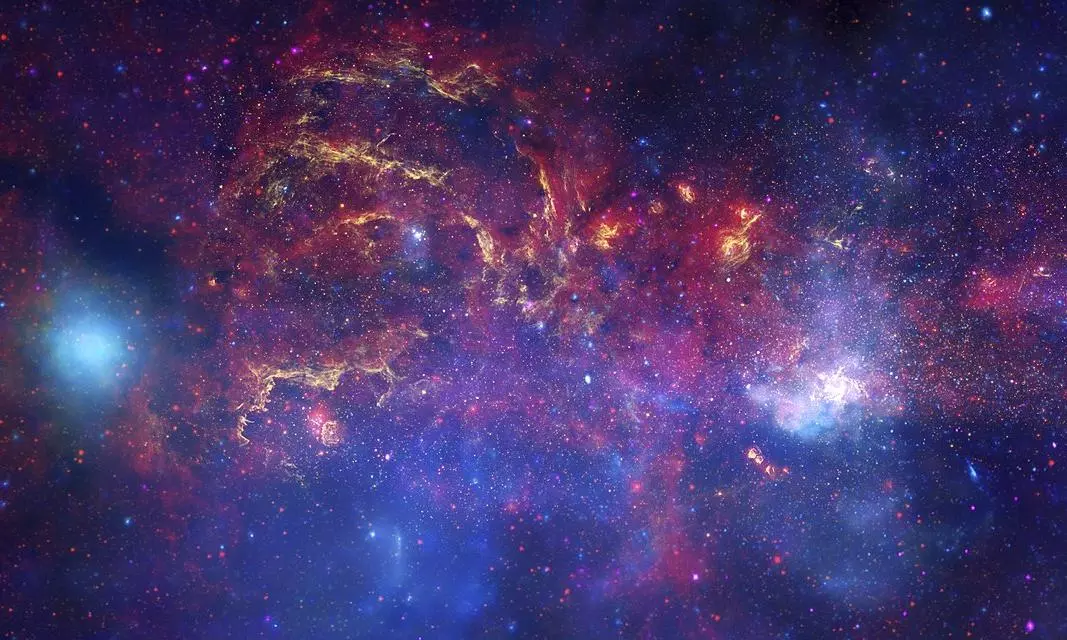
The dense core of the Milky Way captured by NASA telescope
text_fieldsNASA has released a picture of the Milky Way's core which is a dense place where stars are crammed together. The Spitzer Space Telescope captured the image using infrared and X-ray lights.
The space agency took to Instagram and wrote that "the telescopes peered through the dust and debris that obscure the core of our galaxy, which is visible as the bright white region to the right and just below the centre of the image."
"Our Chandra X-ray Observatory shows the galactic core in pink and blue, where pink represents lower energy X-rays, and blue represents higher energy. A supermassive black hole at the centre of our galaxy diffuses X-ray light in the bottom right of the image," read the Instagram post.
According to the US space agency, the image is dominated by "swirling "colours of red, orange, yellow, gold, pink, and blue." The core of the galaxy is shining bright at the middle-bottom-right of the photo. "Interstellar dust and radiation combine to create a brilliant tapestry, backed by the blackness of space." The telescope showed the "turbulent core of the galaxy, which consists of hundreds of thousands of stars and stellar nurseries - areas that create the next generation of stars," said NASA’s post.
The Hubble telescope which captures space in visible light has earlier captured the stellar winds and radiation generated by the heated stars in the centre region of the Milky Way. The same region is seen in yellow and gold in the new picture taken by Spitzer.
The Galactic Centre of the Milky Way is rotational with a massive black hole that has the mass of four million suns. In May 2022, astronomers revealed the first image of this black hole.





